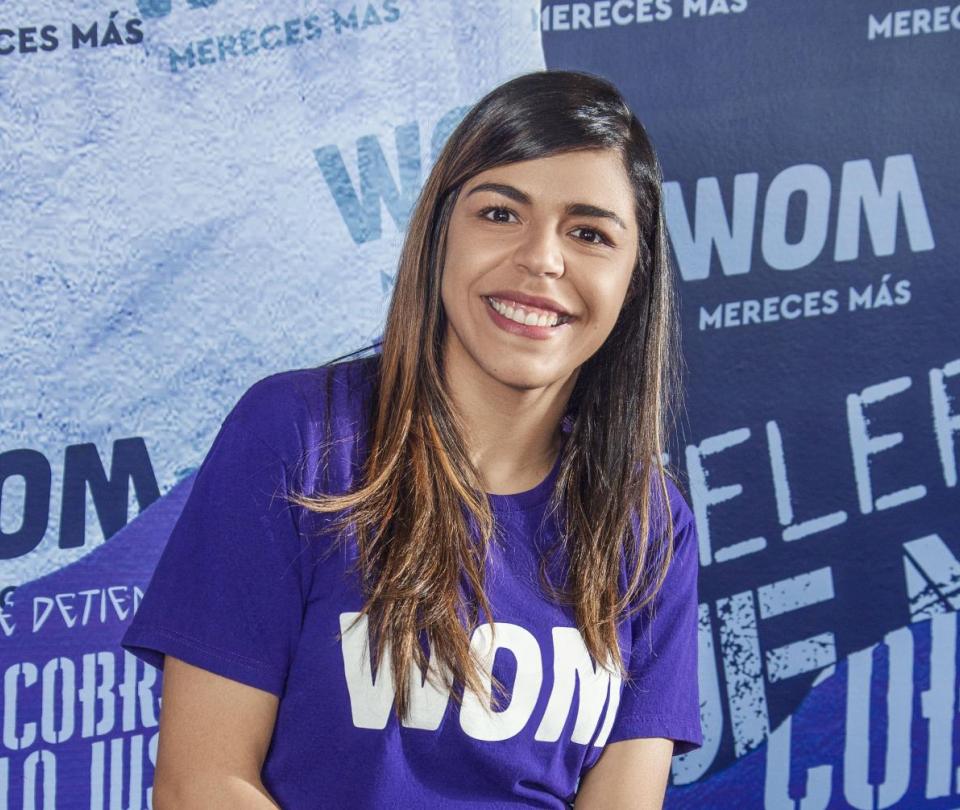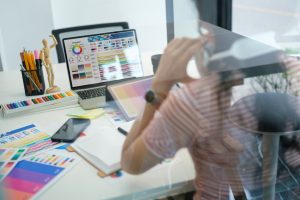WOM, a telecommunications company that arrived in 2020 to Colombia, affirms that it has worked to be a sustainable company almost since its inception.
In fact, María Fernanda López, manager of sustainability and social responsibility of the company told Portafolio what they have achieved in the years that they have been and what they are betting on in terms of sustainability.
(See: ‘We are generating resources with material that is garbage’).
How is WOM in sustainability figures?
The first thing is that we are very new and even though we are new, since 2020 we launched our sustainability strategy. This is hand in hand with our business concept.
Thus, the first thing we did was create a business model that focuses on three main fronts that are aligned with the Sustainable Development Goals (SDGs).
What are those axes and what achievements have they obtained?
The first is focused on issues of social transformation. Here we have projects such as enabling connectivity points with digital classrooms. More than 5,000 people have been benefited.
(See: Banco de la República is already carbon neutral).
The second is the environment axis, in which we have bets on 360 of our operation and the impact is contemplated. Here we seek to reduce and mitigate the effects of climate change and implement a circular economy. With this initiative we have managed to recover more than 20 tons of electrical and electronic equipment waste. In addition, we have managed to take advantage of more than 18 tons of material from the complete operation. Thus generating almost 5,000 circular economy elements.
The third axis has to do with diversity, equity and inclusion. This is the cultural guarantor that is sought to be developed from within the company. With this axis we have achieved a payroll of almost 3,000 people formed with a diversity committee.
(See: In Colombia they produce recyclable toothpaste tubes).
One of your programs is ‘Segunda Vida’, how do you run it?
This was born as a model of shared value with groups of mothers who are heads of households and groups that benefit vulnerable people. Thus, they support us in the transformation processes of the advertising material that we put out.
How is that chain of material use?
We generate waste in materials in each campaign. And the fabrics are not biodegradable and end up in landfills, so this has a big environmental impact. After each campaign, we deliver the materials to the groups and look for ways to create new products by transforming those materials. For example, we make market bags from a fence; from the tarpaulins we take backpacks, cartridge belts, among others. In addition, we reintegrate these products into our social campaigns. In fact, with this project we have converted more than 6,979 square meters of advertising waste.
What are the benefits of betting on sustainability?
To be very honest, in economic terms the incentives are not that great. For us, being sustainable is part of what we believe in and promote, because the tax benefits come from being the new ones. So we do it because of our commitment to doing things differently from scratch.
Also, for being consistent. There are incentives such as if our stores demonstrate utilization, there is a decrease in public services.
(See: Nestlé will invest $11 billion in sustainability).
CLAUDIA QUINTERO RUEDA
Journalist Portfolio















